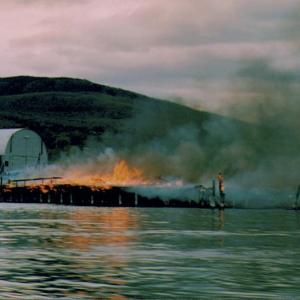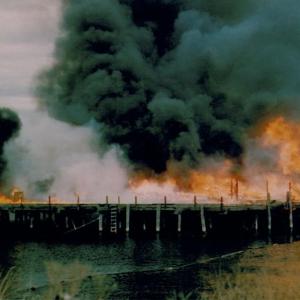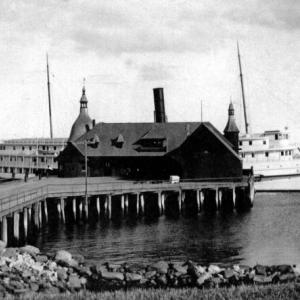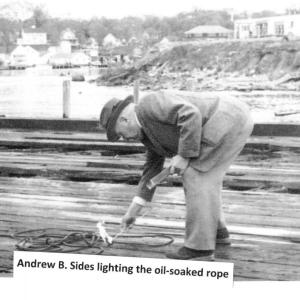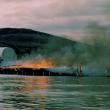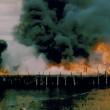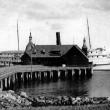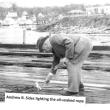Barbara Dyer: Demise of the Camden Steamboat Wharf
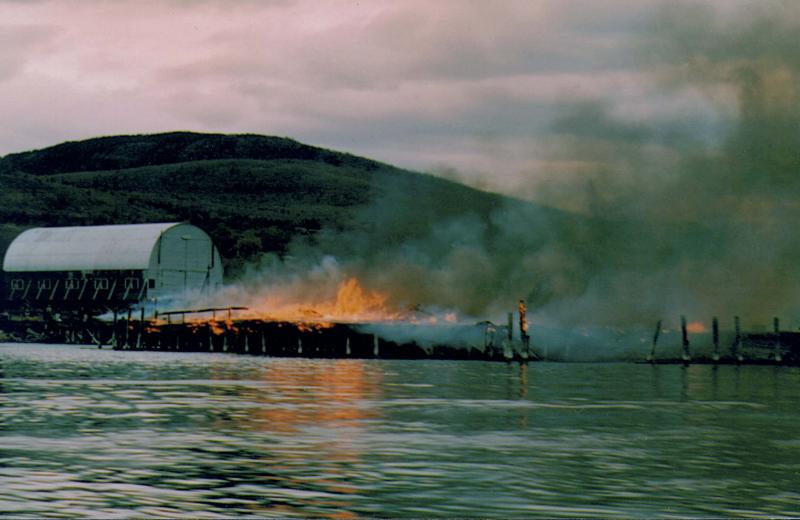 The burning of Steamship Wharf in Camden in 1959. (Photo courtesy Camden Public Library/Walsh History Center)
The burning of Steamship Wharf in Camden in 1959. (Photo courtesy Camden Public Library/Walsh History Center)
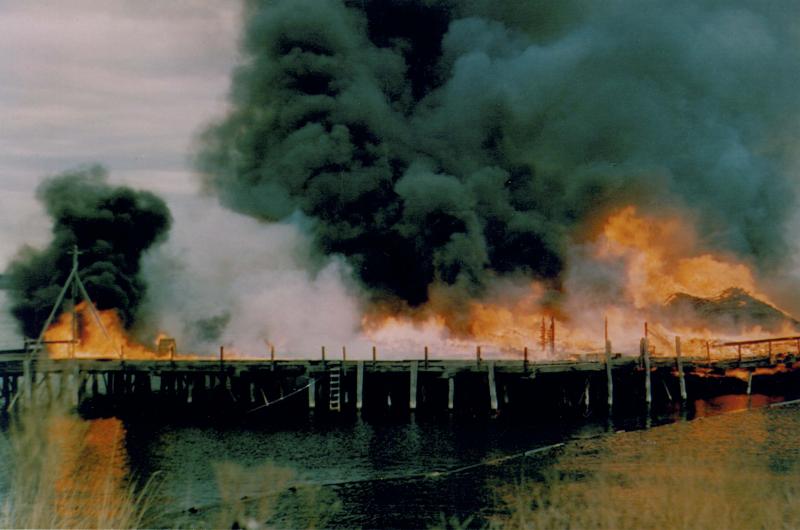 The burning of Steamship Wharf in Camden in 1959. (Photo courtesy Camden Public Library/Walsh History Center)
The burning of Steamship Wharf in Camden in 1959. (Photo courtesy Camden Public Library/Walsh History Center)
 The steamship Rockland passes the original Steamship Wharf. (Photo courtesy Camden Public Library/Walsh History Center)
The steamship Rockland passes the original Steamship Wharf. (Photo courtesy Camden Public Library/Walsh History Center)
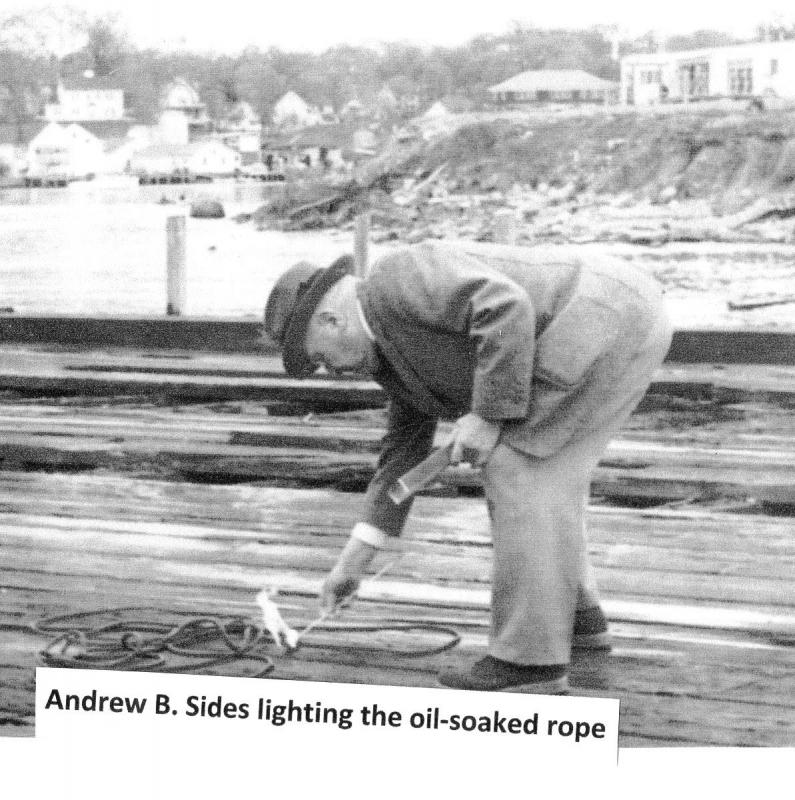 The burning of Steamship Wharf in Camden in 1959. (Photo courtesy Camden Public Library/Walsh History Center)
The burning of Steamship Wharf in Camden in 1959. (Photo courtesy Camden Public Library/Walsh History Center)
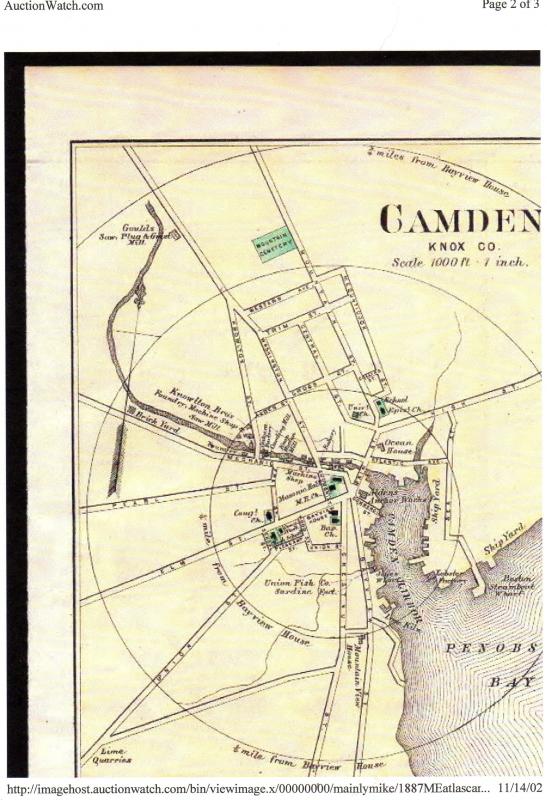 The location of Steamship Wharf in Camden. (Photo courtesy Camden Public Library/Walsh History Center)
The location of Steamship Wharf in Camden. (Photo courtesy Camden Public Library/Walsh History Center)
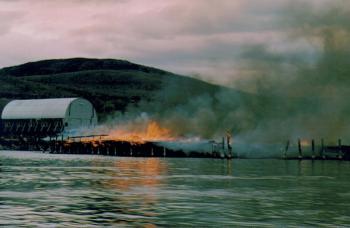 The burning of Steamship Wharf in Camden in 1959. (Photo courtesy Camden Public Library/Walsh History Center)
The burning of Steamship Wharf in Camden in 1959. (Photo courtesy Camden Public Library/Walsh History Center)
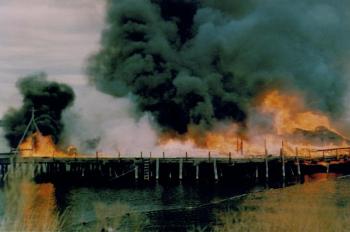 The burning of Steamship Wharf in Camden in 1959. (Photo courtesy Camden Public Library/Walsh History Center)
The burning of Steamship Wharf in Camden in 1959. (Photo courtesy Camden Public Library/Walsh History Center)
 The steamship Rockland passes the original Steamship Wharf. (Photo courtesy Camden Public Library/Walsh History Center)
The steamship Rockland passes the original Steamship Wharf. (Photo courtesy Camden Public Library/Walsh History Center)
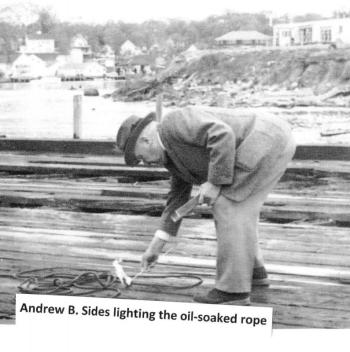 The burning of Steamship Wharf in Camden in 1959. (Photo courtesy Camden Public Library/Walsh History Center)
The burning of Steamship Wharf in Camden in 1959. (Photo courtesy Camden Public Library/Walsh History Center)
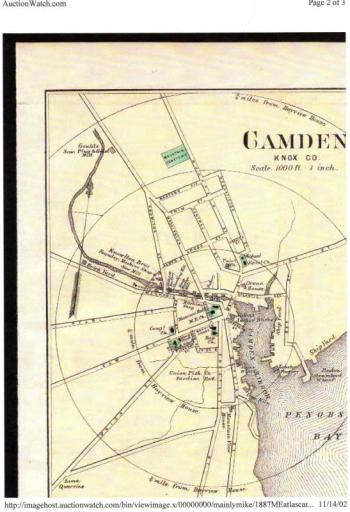 The location of Steamship Wharf in Camden. (Photo courtesy Camden Public Library/Walsh History Center)
The location of Steamship Wharf in Camden. (Photo courtesy Camden Public Library/Walsh History Center)
The last article I wrote was about the Boston Boat that came to Camden from 1833 to 1935. I regret that I never had a ride on the boats or the trolley cars. I did see them both,but was not old enough that I was taken on a ride. Also the Great Depression was on and most people did not have the money to go anywhere.
In order to have these large steamers stop in places from Boston to Bangor, there had to be steamboat wharves. Camden had one at the end of a road off Sea Street, where the town launching ramp is now located, and the road is called Steamboat Landing.
The first wharf in Camden was totally destroyed by fire Aug. 1, 1924 and a new one was rebuilt that fall and winter. Completion was early in 1925. The first one was fancy with turrets and the second quite plain. The large building sat on many pilings, dredged deep into the bottom of the harbor.
As steamboats had gone out, and trucks were coming in, the wharf was empty when the Camden Shipbuilding & Marine Railways Co. started up to build for the World War II shipbuilding effort.
They used it for a mold loft. After the war was over, the Camden Cabin Company used it. In the 1950s it was empty again and it was rented it to the Heillioffs for a lobster holding and packing plant. After three years, the building was getting very old and tired. The lobster plant owners overloaded it with thousands of lobsters and their holding tanks. One night, the floor gave way, and the lobsters all went down into their natural habitat. The renters gave up the business, then and there.
The old steamship wharf just sat and rotted away. The pilings began coming loose and floated on the water.
Soon, the Shipyard decided it was a menace to navigation with all that flotsam and jetsam. At a special town meeting on May 11, 1959, the townspeople voted to burn it. For the next three days, they salvaged what lumber was good enough. On May 15, Mr. Andrew Sides, a former vice president of the Eastern Steamship Lines, had the honor of lighting the oil soaked ropes, so it could burn down.
It burned for three days, hating to give up the ghost. Then some of the pilings had to be removed… along with many fond memories. That way of life was gone forever.
Barbara F. Dyer has lived in Camden all her life, so far.
More Barbara Dyer
Curtis Island Lighthouse — the sentinel of Camden Harbor
Camden Harbor: As old as the last glacier
Barbara Dyer: Windjammer cruises in Camden
Event Date
Address
United States

